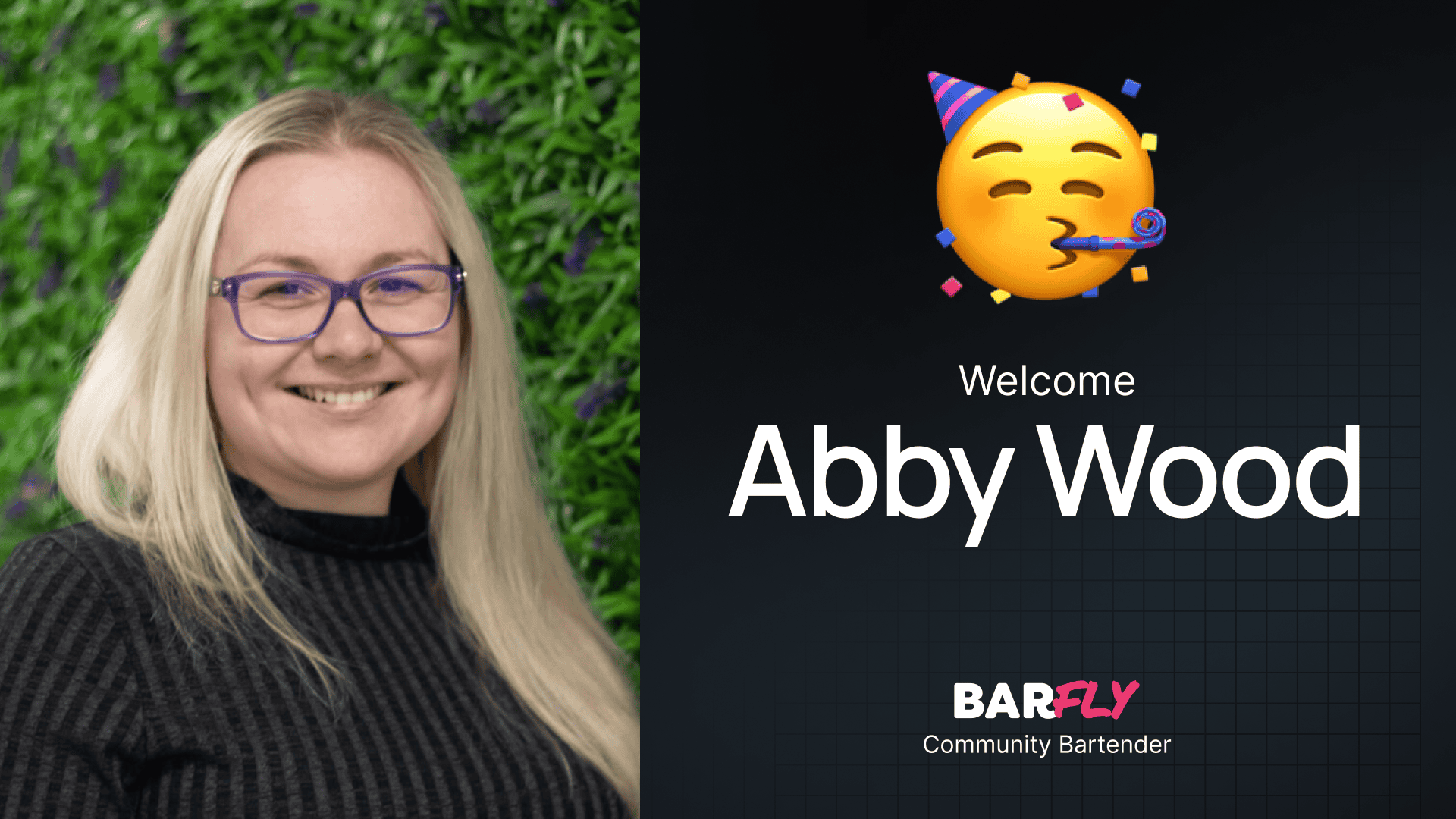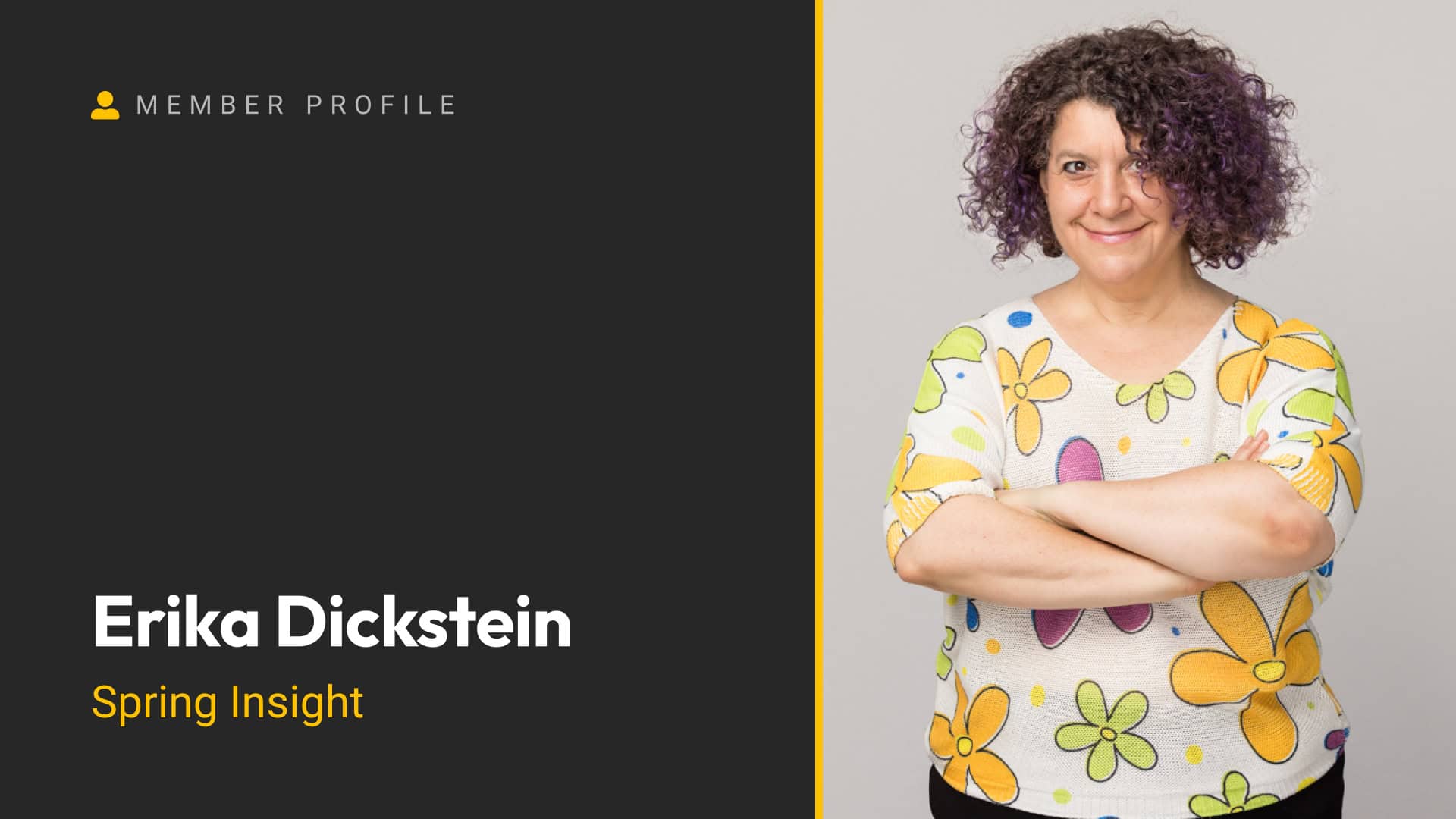Between staying on top of the latest web design trends and trying not to let the constant talk of AI taking our jobs send you deep into an existential spiral – you’ve got a lot to get through on any given day as a digital agency professional.
Finding a healthy work-life balance in this industry can be like reaching the final boss in a video game – intimidating, anxiety-inducing, and ultimately very difficult to conquer.
If you’re putting constant pressure on yourself to work around the clock to please your clients and achieve success, honey, you need to stop. You won’t be any good to anyone if you run yourself into the ground.
Of course you care about your clients, and you want to deliver the best-quality service, on time, every time. But if you keep bending over backwards to satisfy certain clients’ expectations, it’ll do more harm than good – for everyone involved.
As digital agency owners, web developers and expert freelancers, the work we’re doing – while it’s absolutely important –- is not exactly life or death. This might feel wrong to read, but work can wait. Clients can wait. That email can wait. Trust me – it can! (Step away from the inbox…)
Today, we’re talking about client management, and as a digital agency owner myself, this is something I’ve absolutely battled with over the years. Good client management is an ongoing process, for sure. But with time and practice comes confidence, making it so much easier to put healthy boundaries in place without fearing negative consequences.
I know it’s easier said than done when you’re trying to keep your business afloat with your livelihood on the line. But honestly, establishing healthy boundaries with your clients (and sticking to them!) is 100% worth it.
Why is setting boundaries with clients so important?
If you’ve been putting off setting boundaries with your clients out of fear, then this is for you!
You might be imagining the worst case scenario in your head, but it’s highly unlikely to happen… and if it does, well, maybe you’re better off in the long run.
But when you successfully put healthy work boundaries in place, there are so many positive impacts you can expect to see in your life.
- Happier clients: By managing expectations and making sure your clients are fully aware of your process and what to expect when working with you, they’ll be happier with the whole thing – start to finish.
- Better business relationships: With clear boundaries in place, you and your clients stay on the same page and on equal footing, making it much easier to maintain a healthy, sustainable working partnership.
- Clear communication: When you and your clients understand each other, you’re able to communicate more effectively. Having a clear communication framework in place encourages positive client engagement and makes your life so much easier.
- Better quality work: When you don’t have to disrupt your workflow to manage a demanding client, you can truly focus on the task at hand and deliver quality work that your client will love and you can be proud of.
- Goodbye burnout: Taking on too much and making yourself available 24/7 to please your clients will take a serious toll on your mental health, no matter how you slice it. Boundaries protect you from exhausting yourself to the point of burnout – mentally and physically.
Healthy client boundaries for a healthier business
Okay, now that you understand why you should definitely set clear boundaries with your clients, let’s explore what kind of boundaries you should consider.
Over in The Admin Bar Facebook group, a few members were discussing what kind of boundaries they have in place with their clients that help them achieve a healthy work-life balance while still keeping things ticking over nicely.
Here are some great fundamentals outlined by community members for you to think about when shaping your own boundaries.
1. Set strict operating hours
Just as your local shop closes its shutters at the end of the day, you need to log off and shut down when your working day is over.
Set specific operating hours during which your clients can reach you. Do not reply to anyone outside of these working hours!
For example, if you want to reply to an email at night so you don’t forget about it, try setting a reminder, or scheduling it to send in the morning so you don’t give the impression that you’re willing to work late. Whether your clients expect a response after hours or not, it’s not your responsibility to reply when you’re off the clock.
Some clients might deem specific issues as “emergencies”, when in reality, it can wait. Try setting an automated response for emails received outside of hours, directing them to your emergency line if you have one.
2. Decide how you want to be contacted
It’s important to remember that you’re the one providing the service, so how and when you want to be contacted can (and really should) be on your terms.
Find the means of communication that works for you – whether that’s email, phone calls, project management tools, or social media platforms – and ask clients to contact you only via that channel.
Not only will this take a whole pile of unnecessary stress off your plate, but it’ll also help you streamline communication across the board, as messages won’t slip through the cracks between platforms.
Never give out a personal phone number to clients. The last thing you want is your phone buzzing with a work-related call in the middle of the night. If you are accepting phone calls, it’s a good idea only to take them if they’ve been scheduled beforehand, on a business line.
When it comes to texts or DMs, make sure to turn off all notifications outside of hours and don’t be tempted to check them after you’ve clocked off for the day!
3. Have set lead times for deliverables and responses
It’s essential to let all clients know how long it takes for you to deliver their project (including specific deliverables, final product, and revisions), and how long it typically takes for you to respond to requests.
If a certain client is making an unreasonable timeline request because they’re under pressure, don’t panic. Simply send them your lead times again and explain to them you have a working process for a reason – so that you can deliver the highest quality of work and service to all clients. If they absolutely MUST have their work earlier, charge a rush fee that makes it worth your while.
Resist the temptation to take their pressure on yourself!
4. Bill extra for emergency work
Yes, I’m giving ‘charge a rush fee’ its own point because it’s so important. If you’re a chronic people-pleaser, then this point might make you a little uncomfortable at first. But just know that it’s actually common practice for many agency owners, developers, and content creators!
Sometimes genuine emergencies happen. Websites can go down, or there might be a glitch that impacts your client’s ability to sell. And you’re a professional – of course you’re going to deal with and respond to these situations as promptly as possible.
But if a client deems something an emergency that could truly have waited, they get charged for it. Especially if you had to put in extra work outside of your set operating hours to turn it around more quickly than your standard lead time. Special treatment and additional time require extra-special compensation. Simple as.
While it might sound harsh, many professionals actually state on their websites that emergency calls and requests will incur a hefty fee. It’s a very effective way to get your clients to understand what a real emergency is, and to ensure they’re respecting your time and boundaries.
5. Fire clients who don’t respect your boundaries
If you struggle with setting boundaries, then firing a client is probably not going to come easily to you. But trust me, once you fire that first client that isn’t treating you with the respect you deserve, you’ll feel so much more empowered to honor your own boundaries going forward!
So, how do you know when it’s time to fire a client? Dealing with one or two boundary challenges might not be a deal-breaker. But repeated boundary violations are a big no-no. You shouldn’t have to explain to anyone that they’ve overstepped your boundaries on a professional or personal level time and time again.
If they keep crossing the line without any regard for how it might be impacting you, then it’s time to do your best Arnold Schwarzenegger impression and give them the old hasta la vista, baby!
You are so not alone on this one. You won’t be the first person to fire a bad-fit client – and you won’t be the last.
Want to hear about other people’s experiences dealing with absolutely outrageous client requests? Check out the discussion over on The Admin Bar Facebook group, and have a read of AgencyAnalytics’ Tales From The Trenches – a highly entertaining and truly baffling read.
How to set and maintain boundaries with clients
Okay, now it’s time to look at how you can actually ensure appropriate behavior from your clients at all times. Let’s get into it!
1. Define the scope of work
First and foremost, figure out the size and scope of your client’s project so you can give them a realistic timeline that works for you. Uncertainty of scope can lead to extra hours and additional work down the line, so it’s best to get clear on that first.
It’s also a good idea to chat openly about revisions, ask about any additional tasks that may arise throughout the project, and clearly outline what they can expect working with you.
2. Communicate expectations clearly – and early
During your initial discussion with new clients, it’s super important to set clear expectations if you want to set yourself up for a successful, respectful working relationship.
Make sure to brief all clients on how and when they can contact you, and how long it typically takes for you to respond. Let them know how you’ll deliver all communication and project assets, and the best way for them to submit feedback throughout the process!
It’s also important that they understand what you need from them in order to make their project a success. Streamlining your project onboarding process is going to make this experience a whole lot easier for everyone!
3. Put everything in writing
Casually mentioning your boundaries to your clients on a call is not enough. It’s essential to document everything (including your working hours, means of communication, and delivery timelines) so there’s no room for misunderstanding.
Whether you write it into their contract or clearly outline it on their onboarding doc – just make sure they receive it in writing.
Once they’ve had a chance to look it over, go through your terms together. Make sure they’re fully aware of and truly actually understand your boundaries before you begin working together.
4. Enforce those boundaries
Now that you’ve clearly laid out your boundaries and are sure your clients have reasonable expectations of you, it’s important to make sure that your boundaries are upheld and respected at all times.
Whenever your boundaries are tested or crossed by a particular client, address the issue as promptly and professionally as you can.
If you feel steam coming out of your ears like a raging cartoon character, it’s probably best to take a step back and cool off before dealing with the situation.
Then politely, yet firmly, remind your client of your agreed-upon terms. If they don’t react well to that, then you know to tell them where to go. (Respectfully.)
5. Stand your ground – no exceptions
You might be wondering – what’s the harm in making a one-off exception?
Ohhh, let me tell you! That opens a whole can of worms that you certainly do not want wriggling around in your brain!
Whatever you do, resist the urge to compromise your own boundaries here and there for clients. Once you start making exceptions for one person, others are going to come knocking, looking for the same treatment.
It might seem to make sense to blur the lines in the moment, but please. For the sake of your sanity and productivity in the long run, hold your ground and stay firm on your boundaries. Future you will thank you for it!
6. Make sure your boundaries work for you
Finally, remind yourself that your boundaries are yours for a reason – they need to work for you, not fit what others expect of you.
If you can’t quite seem to stay on top of things, or you’re starting to feel the early signs of burnout, your body is telling you something, and you owe it to yourself to respond. Don’t be afraid to reassess your boundaries if something doesn’t feel right.
People change. Circumstances change. The way you do your business can change, too. And if (make that when) it does, your loyal good-fit clients will understand, and adjust accordingly.
Bottom line is, you’re human. Look after yourself. You don’t owe anyone an explanation for not working around the clock, and you deserve to enjoy your life outside of work without the stress of harmful treatment or unreasonable expectations hanging over you.
Respect your personal boundaries and give yourself plenty of time to unwind and indulge in some much-needed self care outside of work.
Want to find out more about setting and maintaining boundaries with clients from others in your niche? Join the conversation over on The Admin Bar Facebook group to hear about other people’s professional experience with establishing boundaries and get some fantastic, objective advice.
You’re free to share whatever you feel comfortable sharing. We can’t wait to have you on board!






